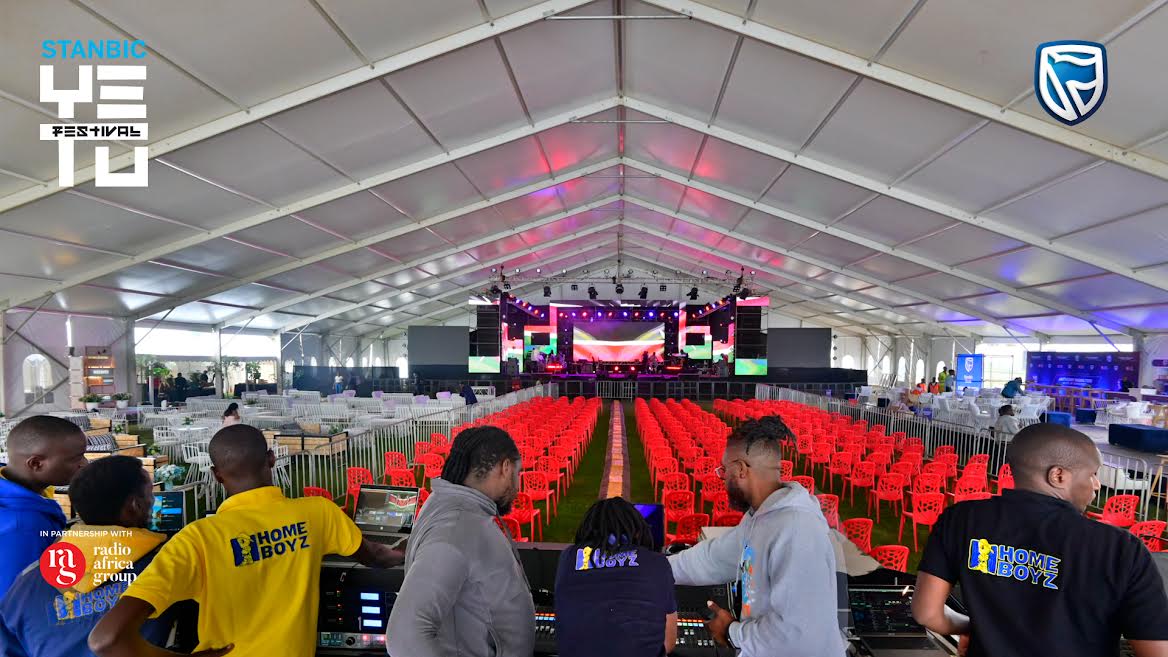Reporting on emerging technology is more challenging than you might think, precisely because it’s still “emerging”. Whether it’s virtual reality, cryptocurrency, or Artificial Intelligence, much of the technology is undergoing rapid development, it hasn’t reached its potential. In fact, often we aren’t entirely sure what the potential is. On CNN’s Decoded we get a snapshot in time of what it might be, and it’s had some…mixed results! Here are three of the things I’ve looked at over the past year.
The Metaverse
Exploring the metaverse across its many platforms was a wonderful, sensory overload. Each time I took the VR headset off I crashed back to reality. Side effects of a metaverse trip include motion sickness, a sweaty face and headset lines indented into the face. Yet there is a lot to recommend the metaverse: the skies are always blue, there’s always a party somewhere, you have endless outfits and hairstyles at your fingertips (I am partial to a mohawk), and you can catch up with friends who live thousands of miles away in a more fun and immersive way. I truly believe that the metaverse is here to stay for socialising and gaming, and even connecting with colleagues for meetings. However, like many promising technologies, this one has received a lot of hype. I was shocked by the breathless market for virtual real estate – a “property” made of pixels and algorithms can sell for millions of dollars, a virtual superyacht (complete with helipad and DJ booth) has sold for $650,0000. I think it’s great that investors and businesses see the potential of the metaverse, but I worry that many may just be throwing money into the abyss, fearful of missing out on the next big thing.
Artificial Intelligence
Over the last year AI is the technology you’ve heard about the most, particularly since the launch of ChatGPT and the many AI chatbots that followed. I have no qualms in telling you I already use AI chatbots in my day-to-day life, I’ve used one to hone an email to a wedding photographer to haggle on price, to write up a hotel review, and to bounce ideas off for stories I am working on. AI is already replacing mundane tasks, and for better or worse, it will change and replace jobs all over the world – as many as 300 million according to Goldman Sachs. Many of the fears about AI are valid, particularly when it comes to issues around bias and misinformation. Other fears are overblown. Will AI become sentient and enslave humanity? Doubtful. Generative AI is trained on huge troves of data and information online, and it’s not always factually correct. It can even “hallucinate”, according to industry experts, but it is not sentient. Chatting with AI becomes even stranger off screen, I was thrilled to meet Desdemona, a humanoid robot programmed with AI. Our conversation was certainly original but not particularly intelligent. Ways to foil Desdemona: switching her off, killing her Wi-Fi connection, talking too fast, and walking away – all easy options.
Cryptocurrency
This was the topic that worried me the most – and not just regarding how best to explain blockchain and Bitcoin mining. Firstly, there’s the total lack of regulatory oversight, which results in scandals and scams. There are the exchanges that went bust when customers took their crypto out, there are the many ‘AltCoins’ (name any animal, food item, or mythical beast and add the word “coin” to the end) professing to be the next Bitcoin, when really they are worth nothing and vanish into oblivion. People are parting with real money for digital currencies that aren’t decentralised, that have limitless supplies, and, given the absence of regulation, can be created by anyone. The second issue that worries me is how people are getting their crypto information and investment advice.
The thing I found most surprising about cryptocurrency is that it I am now a convert, at least on the philosophy of Bitcoin. I think there is a place in the world for a truly decentralised cryptocurrency, with which people can move money across borders without taxation, outside of the remit of banks, in countries where hyperinflation and political corruption risk it being worthless. Unfortunately, Bitcoin hasn’t reached its potential. It remains volatile, and after so many crypto exchanges and wallets have gone bust or proven corrupt, trust has been eroded.
Overwhelmingly, the technology we explored blew my mind. I’ve had lots of glimpses into a future that is better connected, more sustainable, and healthier. For me the best of technology wasn’t found in the glitzy virtual reality headsets, or on the lifelike face of a humanoid, it was in the clinical setting of laboratories all over the world. I’ve seen how Artificial Intelligence can diagnose disease in ways that humans cannot, how Genetic Technology is curing diseases that were incurable, and even how human organs can be 3D printed. There is a seismic shift happening in healthcare that is already enabling us to live longer, healthier and better-quality lives, and it’s developing fast. Imagine a world where disease is eradicated, where old age isn’t debilitating, and people can live decades longer in good health. All this may now be entirely possible thanks to some of the greatest minds, the trailblazers of technology.
Anna Stewart is a Reporter at CNN. She is the host of Decoded.










